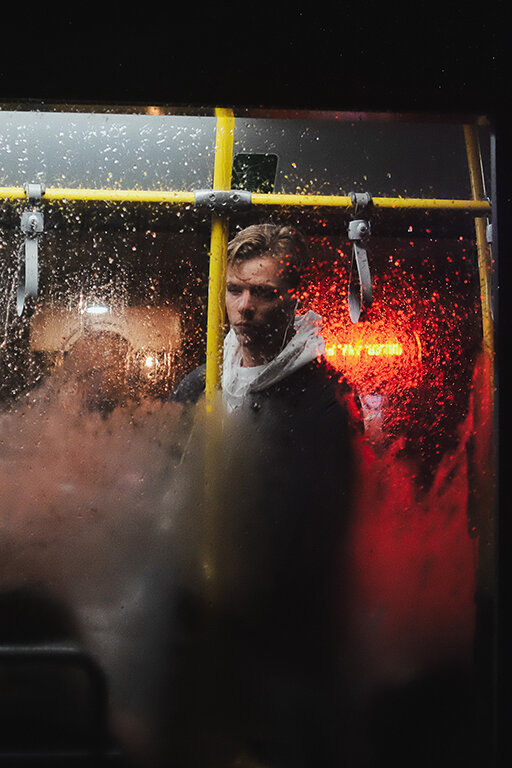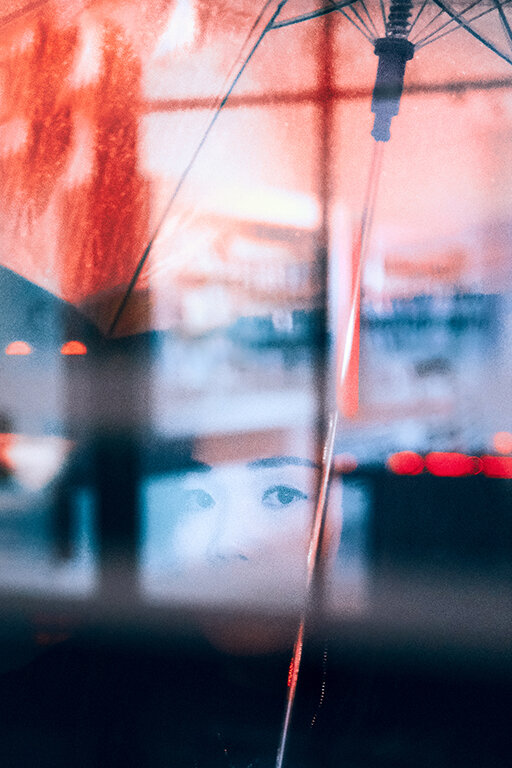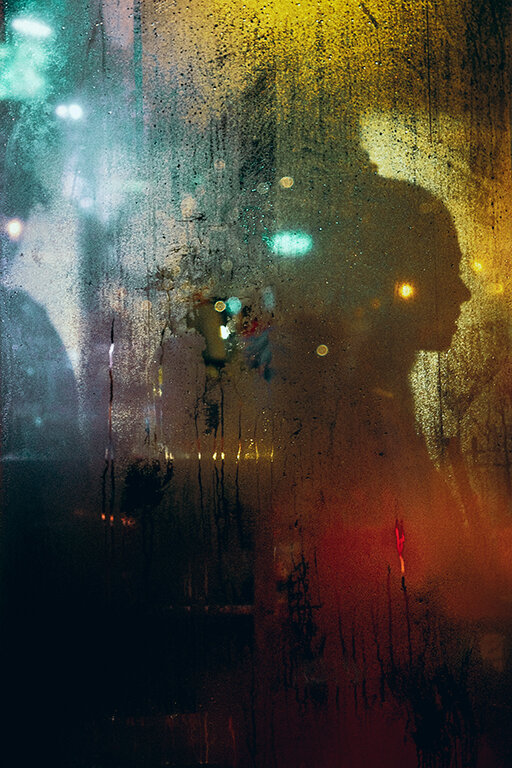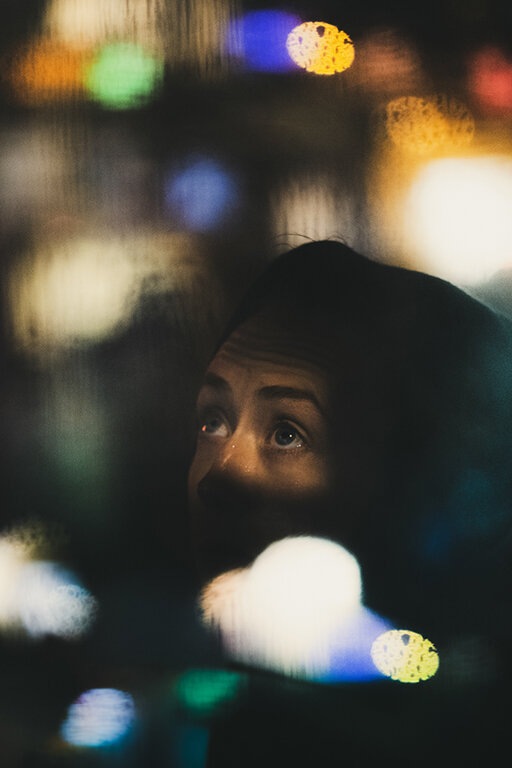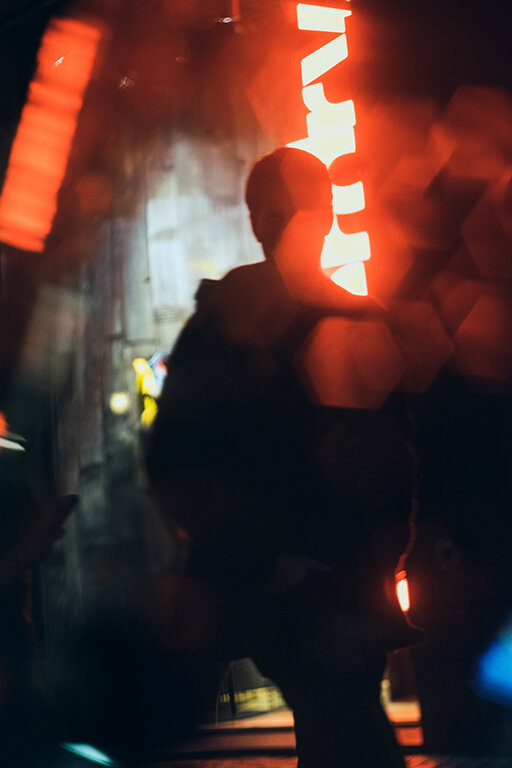EXISTENTIAL STREET PHOTOGRAPHER an interview with JOEP HIJWEGEN
Joep Hijwegen (b.1994, the Netherlands) focuses on candid street photography that is infused with storytelling. His images might be interpreted as a celebration of the fantasy a street photographer can live in for a while. These images aren't really how we experience the world but how we'd ideally like it to be.
In an interview with GUP, Hijwegen reveals intriguing details about his approach to street photography and his latest projects.
You are defining your approach as ‘existential street photography’. What does that mean?
The ‘existential’ refers to the philosophy behind what I try to do: to transform the things as happening to how I experience them. My photography attempts to reflect that meaning and narrative are to be constructed by the observer. When I observe, I have no desire to document something that factually happened, I rather want to tell stories that are more psychological and universal in nature. It might seem more logical to do this using set pieces and scenes created from scratch and I did indeed try this in the very early days of my photography, but I found that candid street photography was more fit to achieve my goals: to show that we’re capable to craft personal stories from occurrences despite the lack of control over subjects and environment.
When I go out, I’m not looking for anything in particular, and I have no idea what I want to capture that day. Instead, I follow my instincts and focus on aesthetic elements, formal qualities - not just to keep some consistency in style, it’s also a therapeutic process. Not only for myself: during HAUTE Rotterdam (earlier this year) someone came to me, saying that my pictures where ‘a colourful interpretation of a Rorschach test’, which is probably the best possible compliment for what I aim to achieve.
I always try to partially obscure the faces of my subjects so that they can be archetypes, defined by their expressions. I am focused on how the image looks aesthetically, by seeing patterns and I make use of horizontal and vertical lines to create distance between people that might be close, or a layered reflection to bring people together that are far apart.
Do you sometimes also capture people you know?
I hardly ever take pictures of people I know, 99.99% are strangers. Capturing those closest to me isn’t something that allows me to express myself. I’m far too obsessive and perfectionist to casually take pictures, so photography and social gatherings don’t go well together with me. If I see something beautiful happen while hanging out with friends or family, I’ll often experience some photographic FOMO (Fear Of Missing Out), but if I do grab the camera it will often result in me lying on the floor for an hour, finding the right angle and in a crowd of friends that will lead to losing the spontaneity and candidness that drew me to the moment in the first place.
You mainly shoot your photographs in the Netherlands, but your images do not necessarily reflect the notion of ‘Dutchness’. Would you agree?
In general, I try to create images that are cinematic and kind of blend cyberpunk and dark Americana. To me, the whole cyberpunk aesthetic is the expression of a contrast between progress and decay. By painting a world that is futuristic, colourful and full of impressions and impulses but devoid of real connection, it dramatizes a core element of modern society and the struggle of this generation. I think that my images, at their core, highlight my alienation from my own emotions and desires and other people, stimulated by being exposed to an overload of impressions. I do not believe that this story is necessarily true. My images are informed by a fear of seeing all foundations fading but I don’t think we are stripped of our ability to connect to ourselves and each other, necessarily. But it’s a very prevalent feeling. In my existential approach to street photography, I’m trying to override that gloom by expressing the possibility to shape your own way of seeing reality, by making a conscious, deliberate and focused connection with my surroundings.
There’s so little actual drama and beauty around me that I feel forced to be a daydreamer. I have that tendency ever since I was a kid: not to be bored out of my mind. The almost obsessive degree of order and moderation that Dutch society holds in high regard creates a kind of vacuum which allows me to tell my own stories. I dislike the moderation and orderliness on an aesthetic level, but at the same time a physically safe and comfortable environment is what makes it possible for me to drift off.
You are also a founder of ‘Beyond the Digital’ Magazine. What is that about?
The Instagram street photography community is very supportive and inspiring, and also has real talent and innovative photographers who deserve to be seen in print. I used to have this fantasy of Instagram as the perfect democratic platform, awarding those most reflecting the zeitgeist with the attention they deserve, but I see more and more that it’s not the case. I felt there needs to be a magazine that kind of filters the noise.
We try to select artists that share some elements of style, and the magazine has a nice flow. We are also planning to expand platform, with interviews and blog posts coming soon, although the print magazine will remain at the core. A lot of magazines have tens if not hundreds of featured artists, and we want to be more focused, with 90% of the pages dedicated just to the work of 6 artists at a time, each getting around 9 images in large size, so it becomes a small modern portfolio.
Our next issue will probably be released around mid-June and can be pre-ordered on beyonddigitalmagazine.com.
Currently, you can support Hijwegen’s crowdfunding campaign for his upcoming book ‘Controlled Coincidence’ on Voordekunst.

